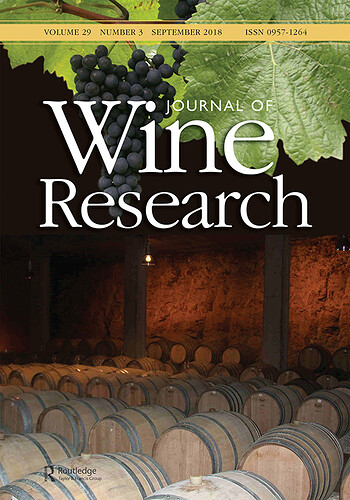I know a couple of the attorneys who handled that coffee case. Their argument was that MacDonald’s had been told several times in the past that the coffee was served hot enough to cause burns but it was still served that way because they also got complaints from people who didn’t drink it right away but took it to the office or work and the coffee got too cold. The lady held the coffee between her legs while she drove.
I always wondered why they didn’t sue the car company as well, for making windows big enough to pass a coffee cup through, and for not supplying an insulated holder with a built-in warmer for coffee, or a cooler for soft drinks, both of which might have prevented the tragedy. The burns were gruesome but that’s the problem with tort law - people feel sorry for the injured party and feel compensation is due from someone else. There are of course many people, probably most, who would never put a cup of anything between their legs in a car, whether hot or cold, simply to avoid spills on their seat and clothes.
Bringing it back to the OP however, the plaintiff’s attorneys had “experts” testify that coffee tastes better at a slightly cooler temperature. And some folks suggested that it was kept very hot so as to mask the fact that it was bad coffee anyway. So there you have it. Get an expert to claim that the wine is ruined.
But there are more questions. In addition to the points made by others, especially the fact that the wine was most likely at the same temps before it was ever acquired, and regardless of whether protruding corks and seepage are caused by heat (an ignorant jury can be convinced of pretty much anything) does the client have evidence that the “damage” did not precede the failure of the cooling unit? How old is the unit? Is it still under warranty or is it far past its useful life expectancy? Was an extended warranty offered? Was it used within the temperature ranges specified? Did the client make a practice of frequently standing in front of his wine with the door open so he could gaze at his collection, straining the cooling unit? Was there plenty of free air space around it and was it kept free from dust?
More importantly, what exactly was the damage to each bottle and what does the client want for that damage? Are the bottles quite undrinkable because of the heat damaged caused specifically by the failure of the unit? Can the client distinguish between a pristine bottle and those of his collection or is it a theoretical fear he has?
Regarding that study - most of the “literature” on wine storage is written by hobbyists, bloggers, wine writers, etc. They basically repeat each other. Here are a few references you can look at for further info:
http://www.gcca.org/wp-content/uploads/2012/09/Wines.pdf
And here’s an earlier thread on the subject:
https://wineimport.discoursehosting.net/t/older-cal-cabs-for-sale/439/1
